
Over the last couple of decades, the monster hunting genre has more-or-less been dominated by Monster Hunter World and Rise. Sure, there have been a few AA efforts here and there, but none of them really caught on in terms of popularity like the aforementioned games did. With WILD HEARTS, developer hopes to leave its own mark on the genre with a unique take on monster hunting.
And make no mistake, WILD HEARTS definitely has a fair number of ideas on how it can try and differentiate itself from its contemporaries. Having spent altogether too much time playing the game, I can safely say that I have a firm grasp on whether WILD HEARTS’ gamble pays off, or if it’s just going to be yet another forgotten Japanese monster hunting game like the studio’s earlier attempts. Spoiler: it pays off.
Let’s get some of the more superficial aspects out of the way; WILD HEARTS is a great looking game. It may not boast the highest resolution assets or the biggest numbers in its polygon-count, but the art direction is incredibly strong, making the game’s feudal Japan-inspired aesthetics spring to life. WILD HEARTS goes for a vibrant, colorful look, and it pays off in spades, resulting in not only gorgeous vistas and jaw-dropping arenas to fight the game’s monsters—dubbed Kemono—in, but also in clarity when it comes to actually figuring out what’s happening in gameplay.
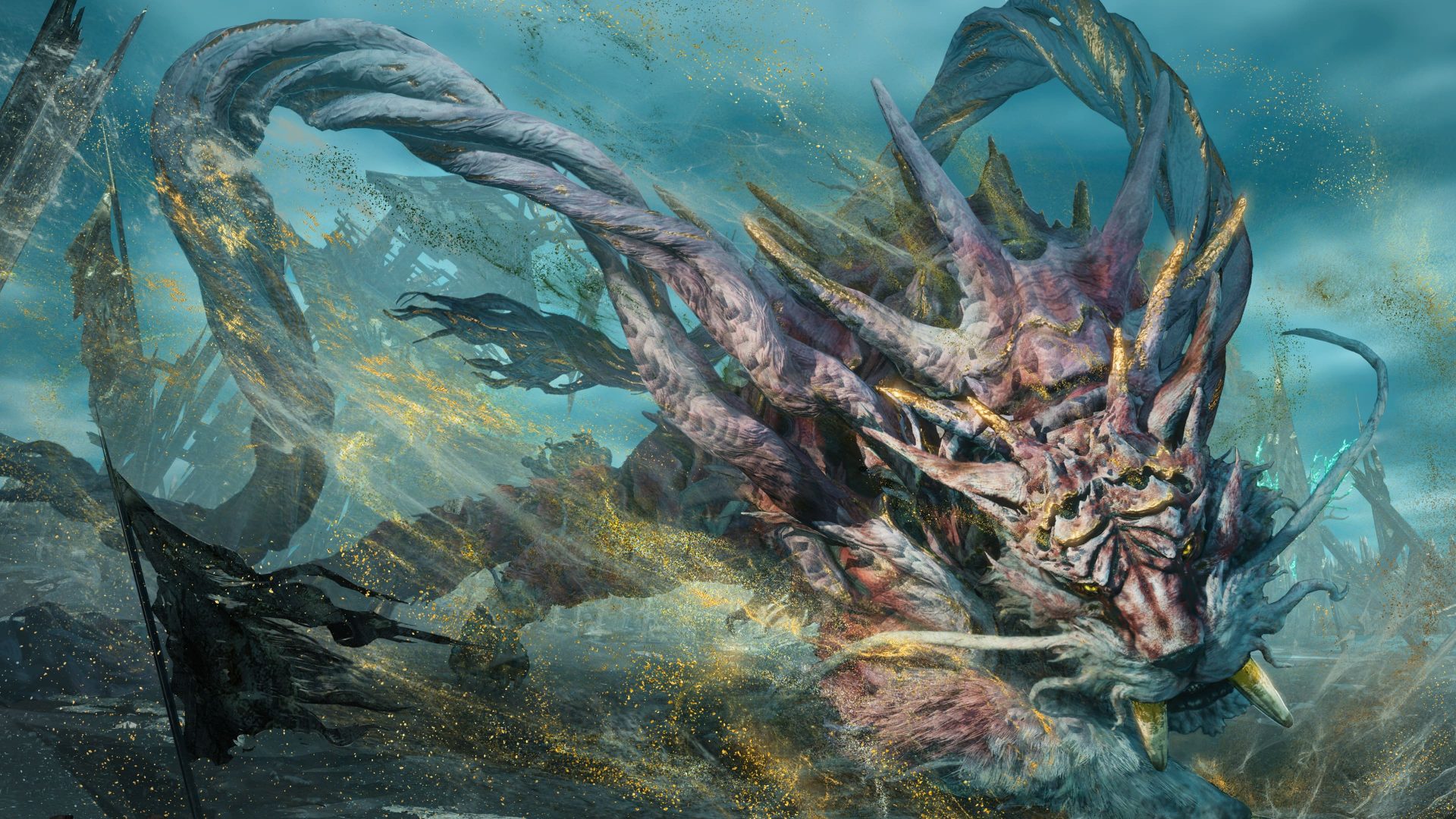
"WILD HEARTS goes for a vibrant, colorful look, and it pays off in spades."
Not only are the big Kemono that you have to hunt as part of the game’s quests clearly visible, each with a unique silhouette that makes them easily identifiable, but even the smaller aspects, like resources that can be gathered, fishes that can be fished, and rabbits that can be pet are visually obvious. Despite WILD HEARTS’ borderline oversaturated color palette, things never get muddled with the background, and you can just about always make out the most important things.
On the audio side of things, WILD HEARTS has some soaring orchestral tracks that make heavy use of strings and traditional Japanese musical instruments, and it meshes quite well with the Japanese aesthetics the game is going for. Needless to say, when it comes to how it looks and sounds, I did not find WILD HEARTS lacking.
Now for the meat and potatoes: the core gameplay. WILD HEARTS, like any other hunting game, is more or less defined by its offering of weapons, and the targets you use those weapons on. Let’s start by talking about the weapons of WILD HEARTS.
Despite offering only 5 weapon types at the beginning—expanding into 8 distinct types of weapons once you reach a certain point of the story—variety is never a problem. Owing to the limited selection of weapons, each one has unique gameplay elements attached to them. Mechanics unique enough that other games might use a single weapon type as the core basis of their entire gameplay.
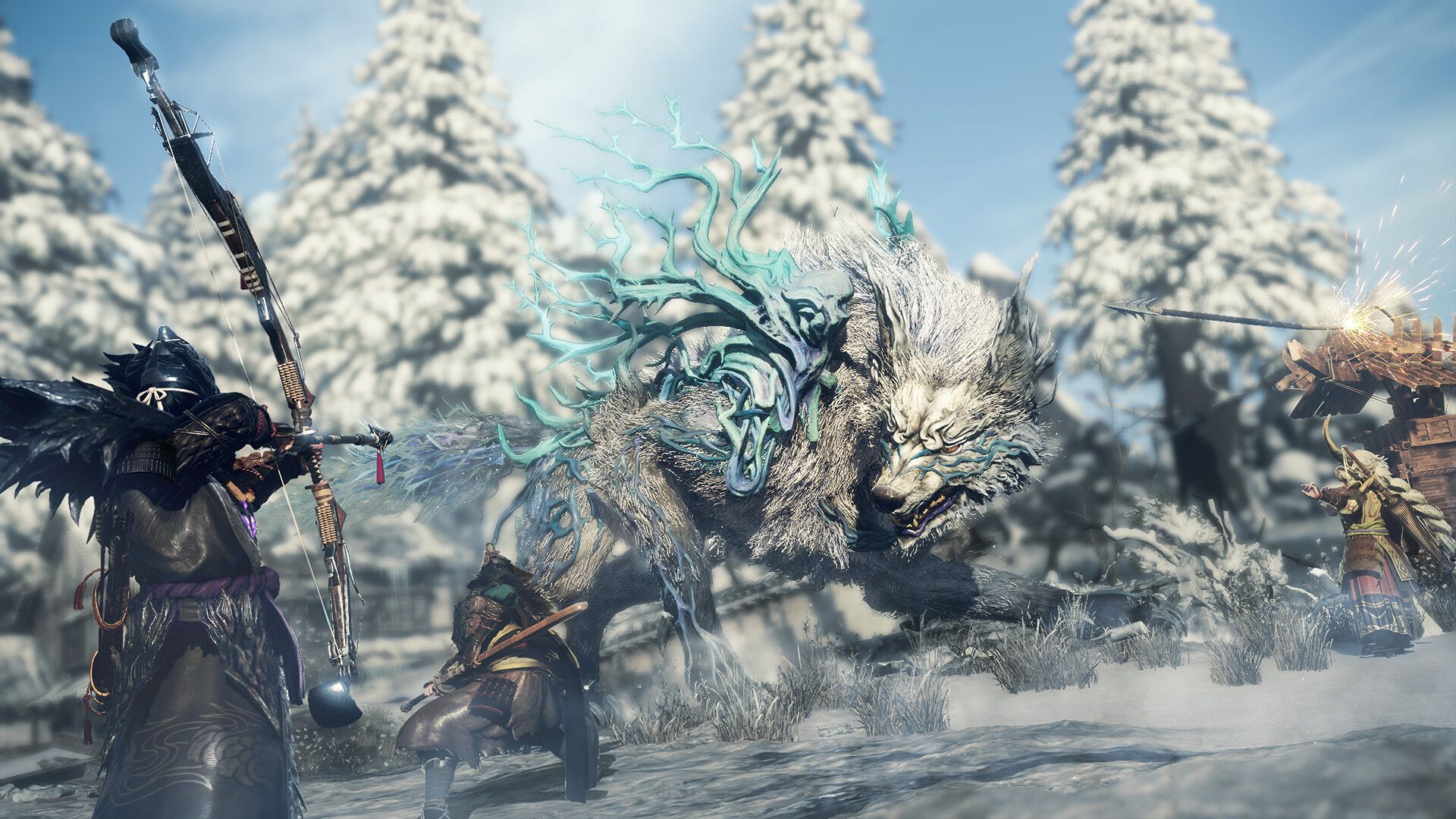
"Each weapon has unique gameplay elements attached to them."
When it comes to actually using and learning these weapons, there’s definitely a bit of a learning curve. A training dummy, available in the early game right outside the camp, and eventually manually-constructable (we’ll get to the building aspect soon), does quite a bit to alleviate this learning curve by giving you a quick run down of some of the combos. However, players coming from games like Monster Hunter Rise might find the tendency of the weapons in WILD HEARTS to constantly move the character in a certain direction fairly off putting. It’s an important aspect of the game’s core combat design, however, as the beasts you take on are incredibly mobile, and giving the player just a tiny bit of extra mobility through their weapons actually does quite a bit to help balance the scales.
There are plenty of options in the creatively-designed weapons too, from the constantly-growing and shrinking Maul, to the arrow-swapping gameplay of the Bow, and even to the Attack on Titan-inspired flashiness of the Claw Blade, just about every kind of player will find a weapon they love using. I personally got quite attached to the transforming Karakuri Staff, the hard-hitting Nodachi, and the quick and agile Claw Blade.
Really, the only real problem with the core combat of WILD HEARTS is that its camera can often have trouble keeping up with the action. If you find yourself fighting Kemono in a forest filled with trees, or more often than not, if you’re trying to climb a Kemono’s body to try and deal some damage to a weak point, the camera often goes haywire, and unfortunately, this also has the side effect of making your directional controls go haywire. Coupled with the unfortunate implementation of the lock-on system which insists on keeping the target in the center of your screen at all times adds quite a bit to the learning curve. WILD HEARTS could do well with a target camera system like Monster Hunter World or Rise.
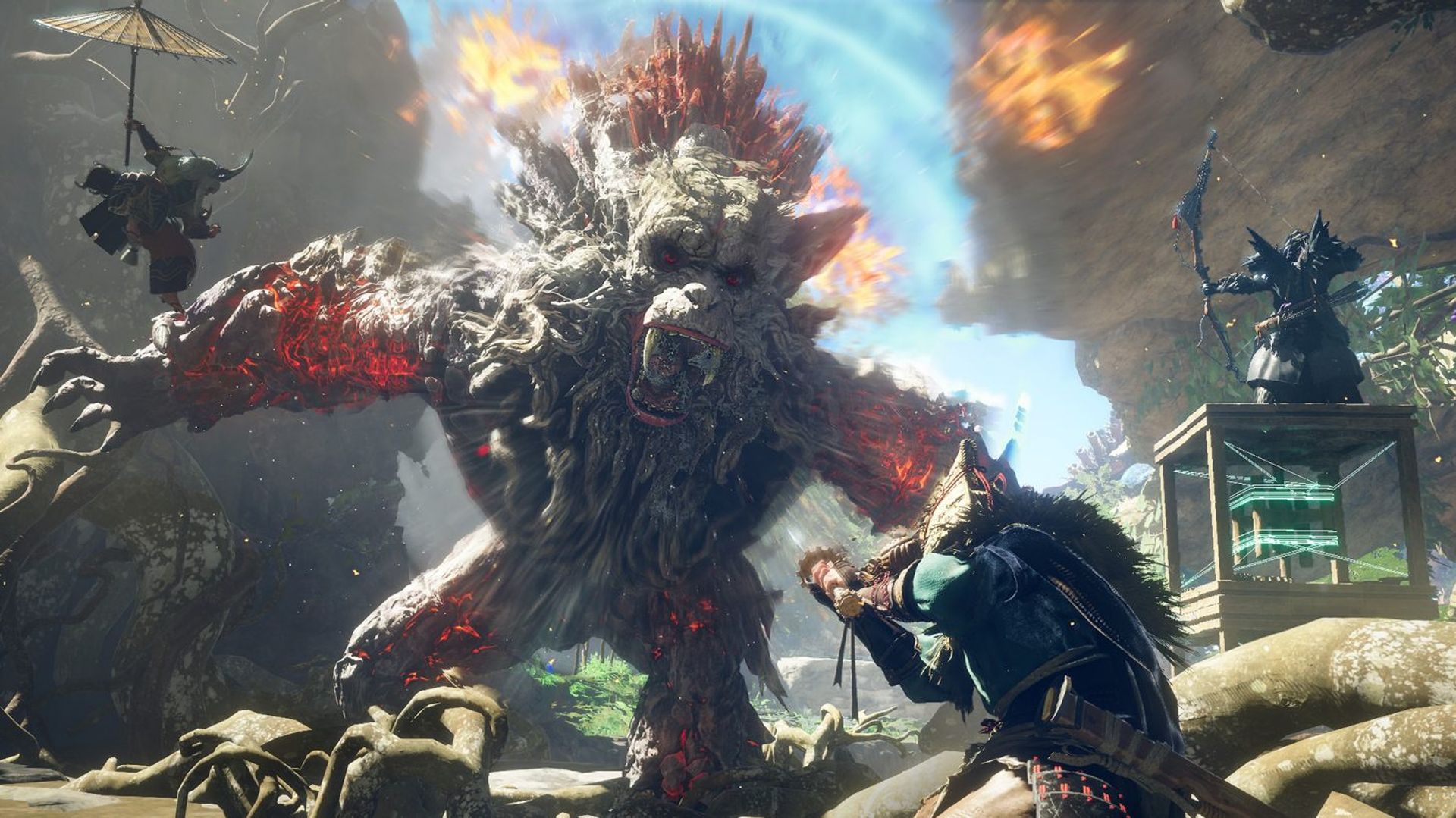
"There are plenty of options in the creatively-designed weapons too."
Of course, the other core aspect of the gameplay in WILD HEARTS is the ability to build things. Players can place down structures of varying complexity, be it something as simple as a crate or a spring, to more complicated structures like a spring-loaded hammer, to entire base camps and buildings. These structures are called Karakuri, and they form the central basis of the WILD HEARTS story. Far from being just a gimmick, Karakuri are actually one of the most interesting aspects of WILD HEARTS, and the biggest way it differentiates itself from the recently released Monster Hunter games.
Essentially, the Karakuri that players can build are split into three distinct categories: basic, fusion, and dragon. Basic Karakuri, as its name might imply, is simple stuff like crates, springs and torches. Fusion Karakuri are combinations of basic Karakuri that turn into more intricate contraptions, like a bomb or a spring-loaded hammer to bonk Kemono with. Dragon Karakuri is where you find your base building stuff, like tents, forges, and even traversal structures like ziplines.
Karakuri, especially the basic and fusion kind, quickly become yet another tool in your arsenal during hunts. It’s surprising how natural it quickly becomes to just put down a block for a jumping attack, or a spring for a quick dash away from danger. And once you figure out openings in Kemono attack patterns, you can make use of Fusion Karakuri to plant a bomb. When it comes to just fighting, the possibilities are surprisingly limitless, and cater to just about every play style out there.
"When it comes to just fighting, the possibilities are surprisingly limitless"
On the subject of base building, WILD HEARTS offers an incredible level of freedom on the level of Death Stranding. Much like Hideo Kojima’s strand game, you’re not only free to build an entire network of ziplines covering the whole map, but you’re downright encouraged to do so with how well the maps in WILD HEARTS play with verticality. Considering how big and dense the maps can get, you’ll also want to freely build new base camps that allow you to fast travel between each other. It certainly helps that you can destroy anything you’re not using to get a full refund on the building resources. Experimentation is encouraged, and more often than not, rewarded when it comes to building in WILD HEARTS.
Speaking of maps, WILD HEARTS has four distinct regions, each with their own themes, flora, fauna, and interestingly, seasons. This means that every map gives you a different vibe altogether, be it enjoying autumn-time hunting in the Akikure Canyon, or an icy hunt in the frozen Fuyufusagi Fort. Every single map has plenty of secrets hidden away in their cliffs and canyons, and offers interesting arenas to fight the Kemono in.
Alongside the Karakuri and the weapons, the Kemono are the absolute stars of WILD HEARTS. Not counting a few variants, all of the Kemono are incredibly varied, with even the largest among them offering nothing short of a breath-taking, cinematic battle. WILD HEARTS does incredibly well with the design of its beasts, mixing animals with nature for some truly unique designs. Right from the beginning, the Ragetail and Sapscourge are interesting hunts in their own right, but the deeper into the game you get, the more interesting Kemono designs become. I was often surprised by how often I stopped just short of starting fights with these monsters to just observe them and their intricate designs.
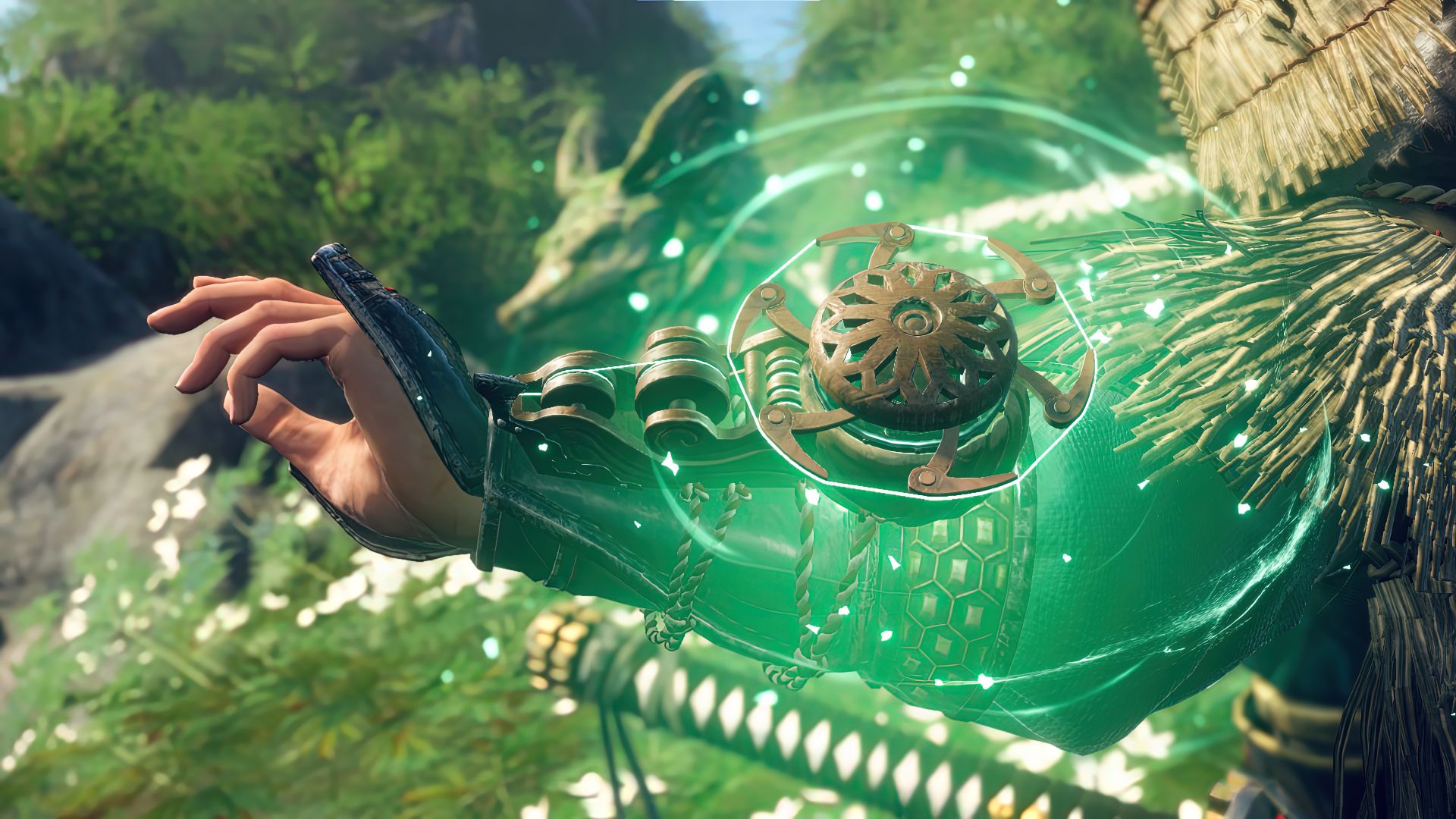
"When it comes to just fighting, the possibilities are surprisingly limitless."
Of course, every Kemono has its own unique set of armor, with a few twists along the way. Much like in Monster Hunter World or Rise, armor in WILD HEARTS gives you different skills that improve your ability to hunt. What sets WILD HEARTS apart, however, is its unique take on upgrades. You are encouraged to invest materials into pieces of armor to make them take on more human aspects or more monstrous aspects inspired by the Kemono whose parts were used to craft the pieces.
Alongside the endless possibility for fashionable outfits, this also introduces a new level of customization, since going down the human path or the Kemono path activates and deactivates unique armor skills. This, coupled with the way weapon upgrades can inherit their own unique skills along a vast upgrade tree means that the min-maxers among us will have a lot of fun figuring out the most optimal ways to deal damage.
And like just about everything else in WILD HEARTS, the armor sets are also meant to invoke a feudal Japanese aesthetic, be it through thick samurai armor, agile ninja gear, or even intricate kabuki masks. There’s no shortage of choices here, despite the singular aesthetic throughline cutting through it all.
Last, but not least, let’s talk about the story. WILD HEARTS places a surprising amount of emphasis on its story. Rather than simply having a story as an excuse to put you into fights with bigger and badder beasts, WILD HEARTS instead wants you to learn more about its characters, and over time, maybe even grow attached to them. While much of the character development is left for side quests that often take the form of multiple-part quest lines—each one with its own self-contained plot—the core cast of characters still get quite a few moments to shine.
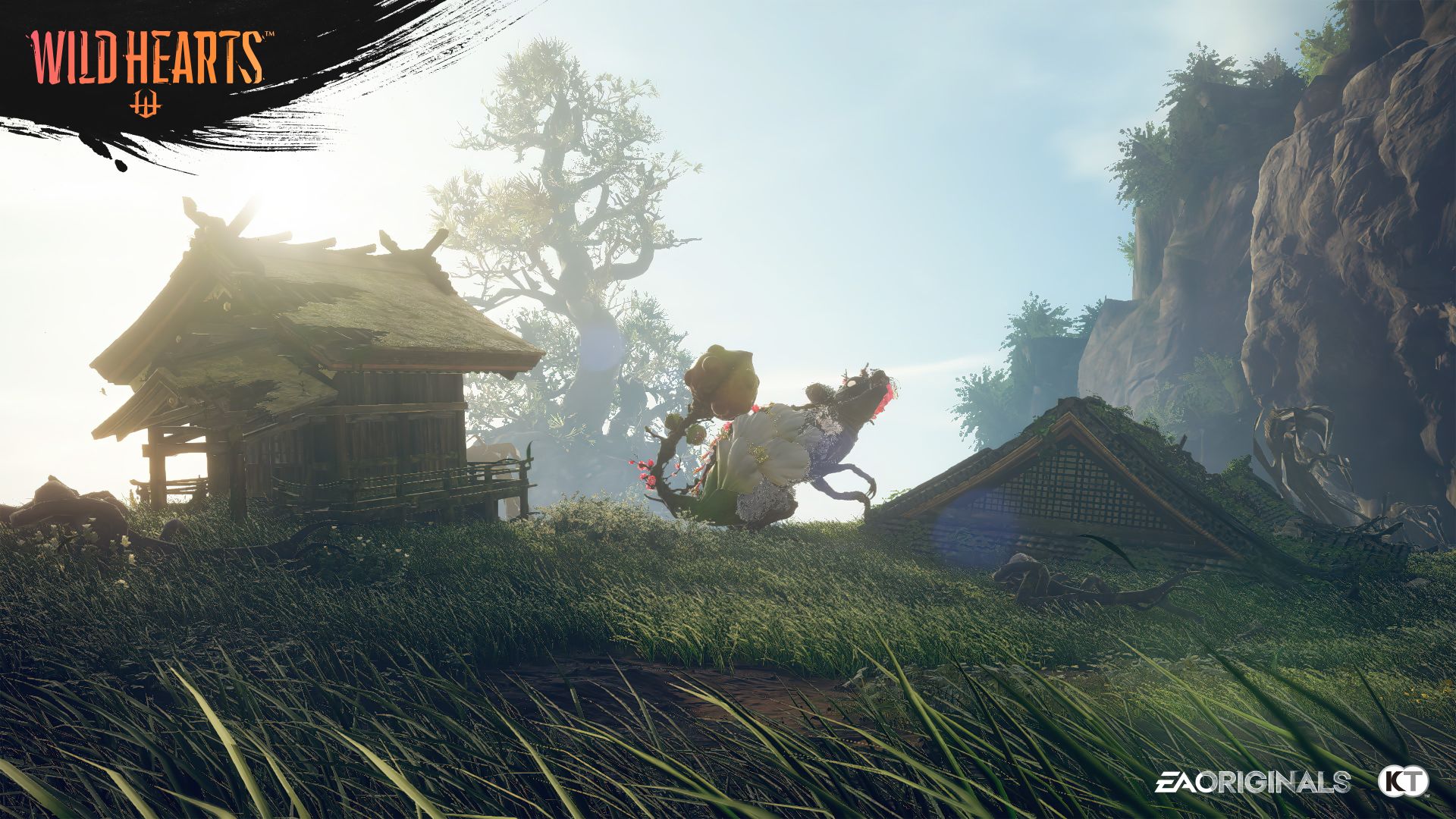
"Rather than simply having a story as an excuse to put you into fights with bigger and badder beasts."
An easy example, without spoiling anything, comes with the first cinematic hunt of the game. Characters like the blacksmith Natsume, the aging samurai Ujishige, and the scholar Suzuran all get moments to shine in helping your character fight off a dire threat, with all the incredible swells in the game’s orchestral score you’d expect from a heroic scene. There are also several side characters that, while not altogether present in the story, have a surprising amount of storylines through side quests. For example, the merchant Kogyoku has an entire murder mystery plot that revolves around a specific side quest chain.
Whether you actually end up enjoying the characters or not is entirely subjective. While just about everything is played for drama with little in the way of comedy, I personally found the characters quite endearing, especially once they started accompanying me in some of the story hunts, letting us get to know them and their backstory better in the process.
It’s also worth noting that, alongside its visual aesthetics, the writing in WILD HEARTS is also incredibly Japanese. Even with the English voice acting—which, incidentally, is quite well done—characters have an obvious Eastern Asian accent to them, and conversations will often see Japanese words peppered throughout. Rather than just saying “thank you”, an NPC is more likely to say “arigato”. Just about everything in WILD HEARTS has a thick layer of the Japanese aesthetic to it, and while this may put some players off, it actually works out quite well in the end, be it the myth and folklore-inspired Kemono, the Japanese architecture, or environments that are almost definitely inspired by Japanese artwork.
Depending on how long you spend farming for new equipment, the story might take players anywhere from 25 hours to 50 hours, depending on your level of skill. Completionist runs will likely take even longer. But honestly, most of your time playing WILD HEARTS will likely be spent in multiplayer, regardless of whether you end up joining random players to help them out with hunts, summoning in help for tough battles of your own, or just hang out with friends as you try and build a cozy base along the shores of Natsukodachi Isle.
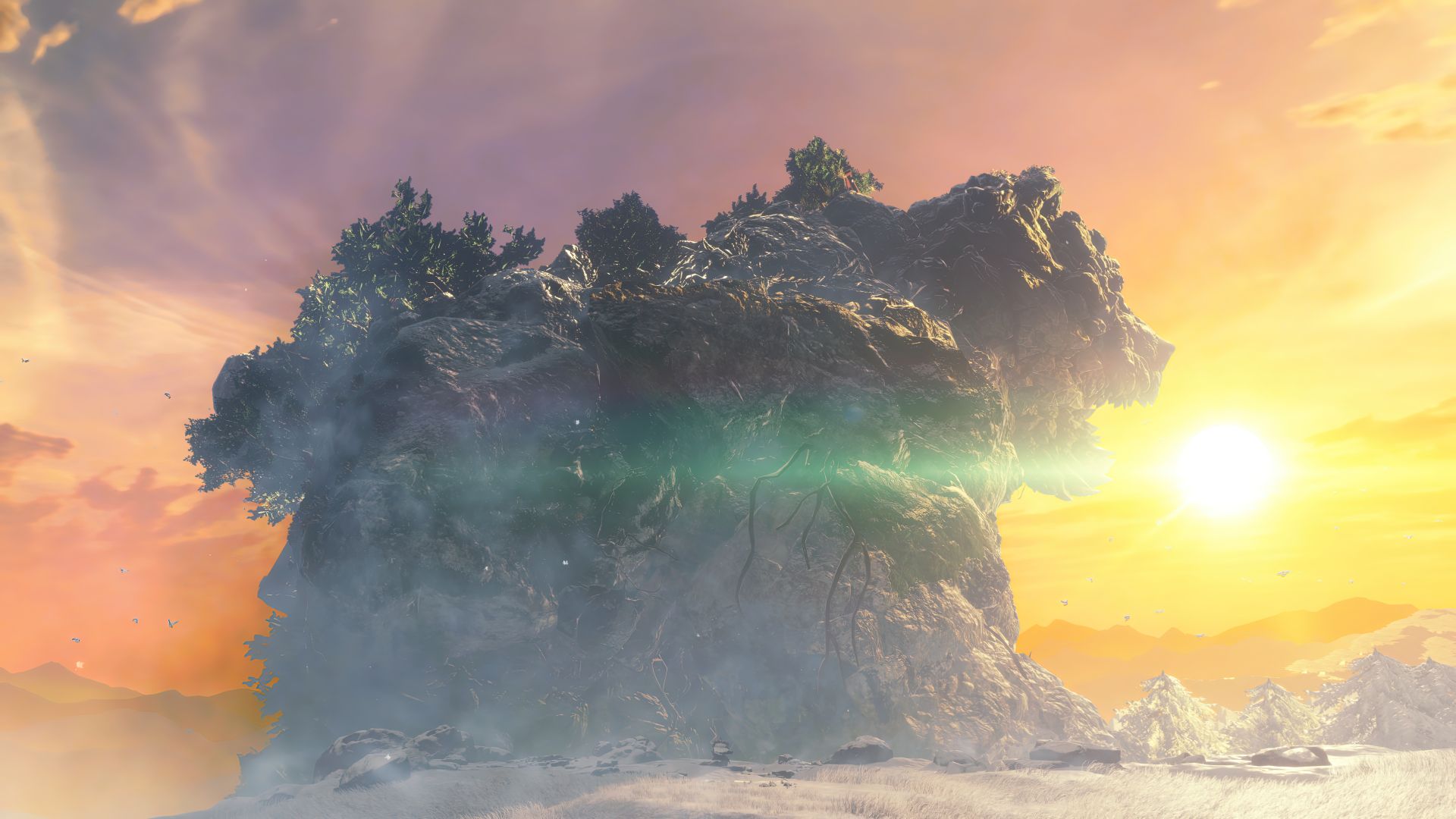
"But honestly, most of your time playing WILD HEARTS will likely be spent in multiplayer."
When it comes to negatives, WILD HEARTS is surprisingly sparse. Like I mentioned earlier, the camera could certainly use some more refinement, especially when it comes to trying to scale the Kemono in the middle of a hunt. Some players might also face performance issues, depending on their hardware. I faced a few dropped frames here and there while playing WILD HEARTS on a PC running on a Ryzen 5 3600, an Nvidia GeForce RTX 3060 Ti, and 32GB of RAM, but nothing serious enough to hinder my enjoyment of the game. I was largely able to maintain a steady frame rate of 60fps for the vast majority of my play time. It is worth noting that players have been reporting performance issues with the 10-hour demo that is currently available through EA Play.
I do imagine that a fair number of performance issues likely stem from the absurd level of customization WILD HEARTS offers in the form of allowing you to build various structures that can quite freely be used and destroyed, alongside destructive elements of the environments. It’s easy to imagine the kind of strain destructible structures and environments might put on processing power, especially on lower-end hardware.
WILD HEARTS is a great new entry in a genre that’s more or less dominated by a single franchise. Despite taking many ideas from its competition, WILD HEARTS manages to forge its own identity through a healthy mix of incredible creature designs, a fun story, gorgeous environments, fun weapons, and intricate construction abilities. Rather than coming off as a cheap knock off, WILD HEARTS instead feels like a revitalizing new release, offering some much-needed competition for the recent Monster Hunter games. A few issues that will likely see fixes through software updates aside, WILD HEARTS is an admirable fresh attempt at monster hunting.
This game was reviewed on the PC.
Interesting weapons; Cool-looking creatures; Story is well-paced; Building things is fun; Great core gameplay; Looks gorgeous.
Performance issues; Janky camera.










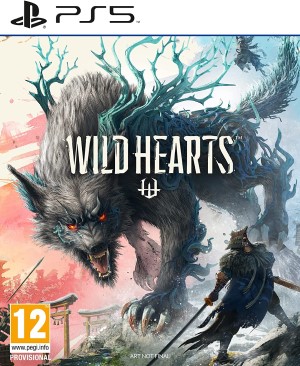




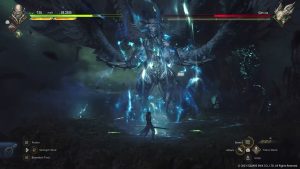

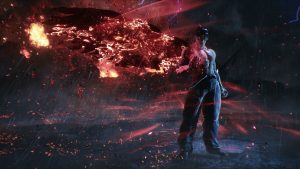
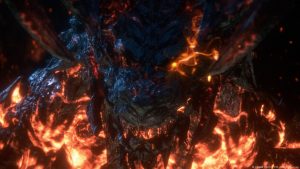
Share Your Thoughts Below (Always follow our comments policy!)